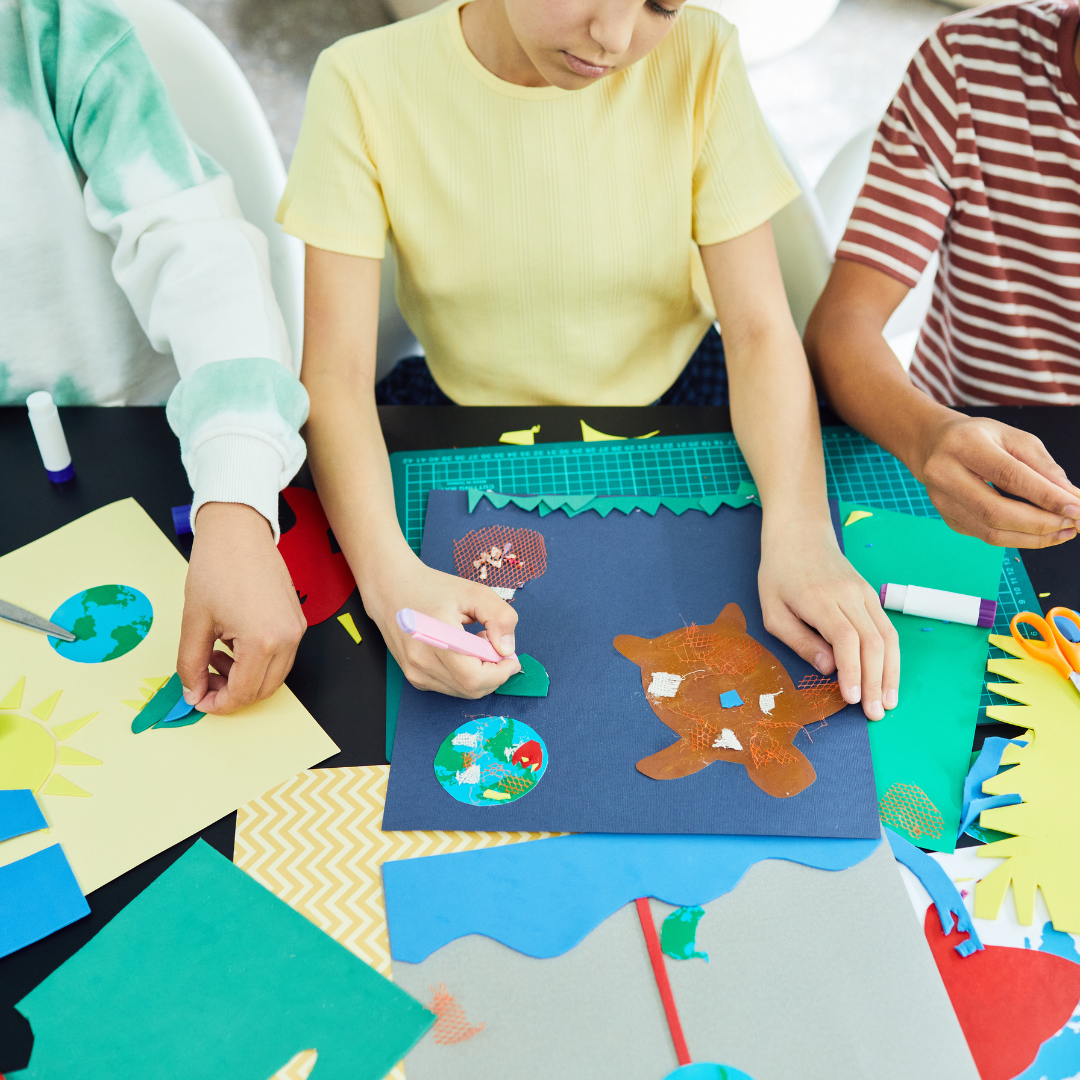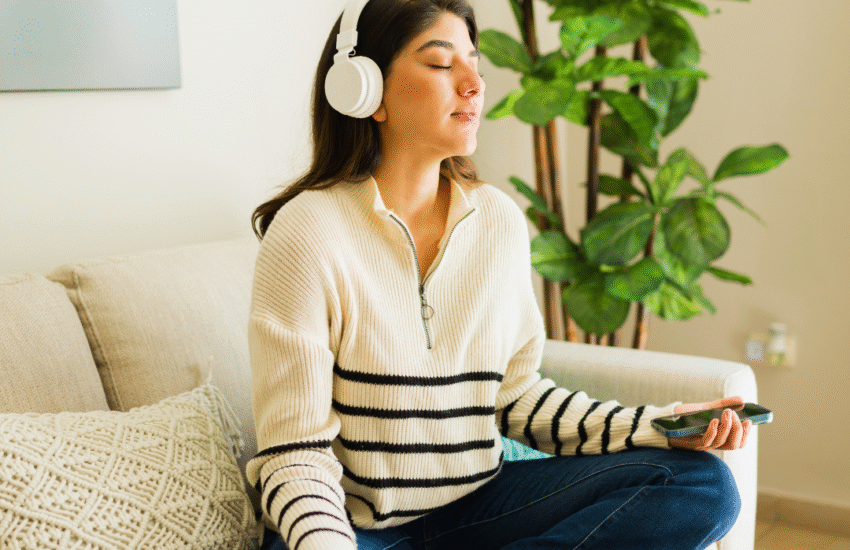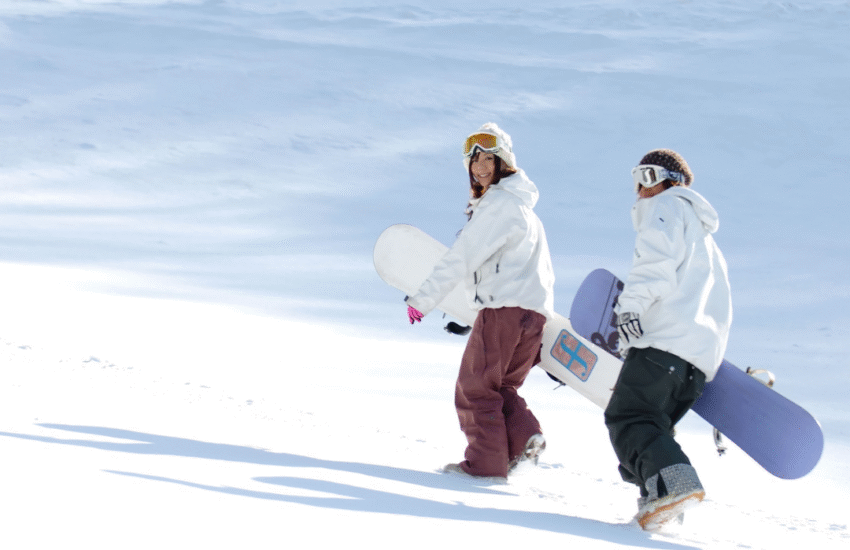Creative Hobbies That Enhance Mindfulness: Cultivating Presence Through Art and Craft
Creative hobbies can serve as powerful tools for enhancing mindfulness and improving overall well-being. Engaging in activities like painting, writing, or gardening helps individuals focus on the present moment, fostering a deeper connection to their thoughts and feelings. These hobbies not only provide an outlet for self-expression but also promote mental health by reducing stress and anxiety.
As individuals immerse themselves in these creative pursuits, they naturally cultivate a sense of awareness. By concentrating on the act of creation, one can quiet the mind and rise above distractions. This focus not only nurtures creativity but also strengthens the ability to remain grounded in the current experience.
Incorporating creative hobbies into daily routines can lead to lasting benefits. They encourage individuals to unplug from technology and reconnect with themselves, paving the way for enhanced mindfulness. Through these simple acts of creativity, individuals unlock the potential for improved mental clarity and emotional balance.
Understanding the Connection Between Creativity and Mindfulness
Creativity and mindfulness are intertwined, each enhancing the other. Engaging in creative hobbies fosters a deeper awareness of the present moment, contributing to mental clarity and overall well-being. The following sections explore how these aspects relate and the benefits they offer.
How Creative Activities Promote Mindful Awareness
Creative activities, such as painting, writing, or playing music, require focused attention. This focus forces individuals to immerse themselves in the present moment, effectively practicing mindfulness. For instance, while painting, one may concentrate on colors and brush strokes. This immersion minimizes distractions and allows thoughts to settle.
Additionally, creativity often involves experimentation and exploration. This process encourages individuals to let go of expectations and judgments, enhancing their mindful awareness. Practicing creative hobbies regularly can strengthen one’s ability to remain present, benefiting other aspects of daily life.
The Role of Creativity in Enhancing Mental Clarity
Creativity plays a significant role in fostering mental clarity. Engaging in creative pursuits helps clear mental clutter and reduces stress levels. By focusing on a task, individuals can experience a sense of flow, where worries fade away, and clarity emerges.
Psychological studies suggest that creative expression can lead to improved problem-solving skills. The ability to think outside the box promotes innovative solutions. This shift fosters a clearer, more focused mind, which can enhance productivity in daily tasks and responsibilities.
Benefits for Well-Being and Life Satisfaction
Participating in creative hobbies positively affects mental health and life satisfaction. These activities provide an opportunity for self-expression, which can lead to increased self-awareness and personal growth.
Moreover, the act of creating can trigger the release of dopamine, often referred to as the “feel-good” neurotransmitter. This boost in mood can enhance one’s overall sense of well-being. Individuals who regularly engage in creative activities report higher life satisfaction, feeling more fulfilled and connected to their emotions. Incorporating creativity into daily routines not only boosts mindfulness but also nurtures a healthier mental state.
Popular Creative Hobbies That Support Mindfulness
Engaging in creative hobbies can significantly enhance mindfulness and promote relaxation. These activities encourage individuals to focus on the present moment while fostering self-expression and grounding.
Journaling and Reflective Writing
Journaling allows individuals to express their thoughts and emotions on paper. This practice encourages self-reflection, which can lead to a deeper understanding of one’s feelings and motivations.
Incorporating prompts or daily reflections can enhance the experience. Many find that writing about gratitude or insights from their day contributes to a more positive mindset. Creating a routine around journaling can further establish a sense of mindfulness. Setting aside dedicated time each day, even for just a few minutes, enables deeper connections with inner thoughts.
Art and Painting Practices
Art and painting serve as powerful forms of self-expression. They encourage individuals to engage fully in the creative process, allowing for a meditative experience. Using colors and shapes can communicate emotions that words may not capture. This fosters an environment of relaxation where individuals can lose themselves in their creativity.
Taking classes or following tutorials can enhance skills while promoting mindfulness. Creating art without pressure to achieve a specific outcome generates a sense of freedom and joy in the process.
Gardening and Connecting With Nature
Gardening can be a therapeutic hobby that connects individuals to nature. Digging in the soil and nurturing plants promotes a sense of responsibility and care. This practice requires attention to detail, allowing individuals to focus solely on the task at hand. Observing the growth of plants encourages patience and appreciation for the natural world.
Involving oneself in seasonal activities, like planting or harvesting, helps reinforce mindfulness. Each stage of gardening provides a chance to engage with the environment, cultivating a sense of peace.
Mindful Cooking and Baking
Cooking and baking can be transformative practices for enhancing mindfulness. Preparing meals or treats with intention encourages individuals to savor each step of the process. Choosing fresh ingredients and experimenting with flavors allows for creative expression. Being present while chopping, stirring, and tasting cultivates awareness and enjoyment.
Following recipes or improvising in the kitchen can also serve as a mindful practice. Engaging all the senses during cooking can heighten the experience and deepen appreciation for food.
Movement and Musical Creative Hobbies for Mindfulness
Engaging in creative hobbies that involve movement and music significantly enhances mindfulness. These activities foster a connection between the body and mind, promoting relaxation and awareness.
Dancing and Movement Arts
Dancing serves as an expressive form of moving meditation. It allows individuals to connect with their bodies through rhythm and flow. When practiced mindfully, dancing encourages awareness of one’s surroundings and emotions.
Styles such as contemporary, ballet, or cultural dances offer a variety of avenues for expression. Participants can experience joy and relaxation while enhancing coordination and flexibility. Group dance classes also foster social connections that boost happiness and reduce stress. For those inspired to explore these benefits further, searching “dance studios near me” can provide structured guidance in multiple styles, helping dancers of all levels develop technique, strength, and expressive range within a creative and welcoming community.
Playing an Instrument and Listening to Music
Playing an instrument requires focused attention and concentration, cultivating mindfulness. Musicians direct energy towards mastering skills, which helps ground their thoughts in the present moment. Instruments like the guitar, piano, or even percussive instruments can bring profound satisfaction.
Listening to music actively also promotes mindfulness. It encourages deep engagement with sound, allowing listeners to experience emotions and sensations fully. Creating playlists focused on themes such as relaxation or motivation can enhance overall well-being.
Yoga, Pilates, and Tai Chi
Yoga, Pilates, and Tai Chi emphasize mindful movement and breath control. Each practice encourages smooth transitions between poses, creating a meditative flow. Participants gain awareness of body alignment, enhancing balance and coordination.
Yoga offers various styles that cater to different preferences, from gentle Ashtanga to vigorous Vinyasa. Pilates strengthens the core, focusing on controlled movements. Tai Chi combines slow, deliberate movements with focused breathing, fostering tranquility and relaxation. All these practices invite participants to reflect internally, enhancing mental clarity.
Breathing and Guided Meditation Practices
Breathing exercises form a fundamental aspect of mindfulness. Techniques such as deep breathing, box breathing, and diaphragmatic breathing help reduce stress and enhance relaxation. They keep the mind anchored in the present moment, countering distractions.
Guided meditation practices can further amplify mindfulness. Various apps and programs provide structured sessions focusing on various themes, such as relaxation and happiness. These practices help participants cultivate a deeper sense of peace and awareness, benefiting both mental and emotional health.
Cultivating Mindfulness Through Craft, Nature, and Everyday Activities
Engaging in creative hobbies can significantly enhance mindfulness. The focus and intention involved in activities such as crafting and nature exploration bring individuals into the present moment, fostering a deeper sense of awareness.
Knitting, Crocheting, and Textile Crafts
Knitting and crocheting are not just leisurely pastimes; they are effective mindfulness practices. The repetitive motions involved in creating fabric from yarn can induce a meditative state. These crafts require concentration, which diverts attention from stressors.
Participants often find comfort in creating items like scarves or blankets. This process can become a grounding experience. Additionally, textile crafts such as scrapbooking encourage creativity while allowing individuals to reflect on images and memories, promoting mental well-being.
Photography, Mindful Photography, and Art Therapy
Photography can serve as a powerful tool for mindfulness. Mindful photography encourages individuals to focus on the details around them, whether it’s capturing a stunning landscape or a candid moment. This practice fosters a deeper appreciation for the present.
Art therapy is another avenue where individuals express feelings and thoughts through visual mediums. The act of creating art, including photography, can promote relaxation and emotional release. Participants in art therapy often find improved mental health outcomes by engaging in this creative process.
Walking, Hiking, and Nature Exploration
Nature offers countless opportunities for mindfulness practices. Walking or hiking in natural settings allows individuals to connect with their environment. Forest bathing, or immersing oneself in a forest atmosphere, is known to reduce stress levels and improve mood.
Observing wildlife, such as birdwatching, can enhance the experience further. This engagement with nature encourages a deeper sense of connection and grounding, allowing individuals to appreciate beauty in their surroundings.
Puzzles, Origami, and Other Focused Hobbies
Solving puzzles encourages concentration and cognitive engagement, making it an excellent mindfulness practice. The focus required to fit pieces together diverts attention from negative thoughts, providing a sense of accomplishment.
Origami, the art of paper folding, also promotes mindfulness through its intricate designs and attention to detail. Each fold requires presence and patience, allowing individuals to slow down. Other focused hobbies, such as woodworking, can also contribute positively to mental health by fostering creativity and providing a sense of purpose.



